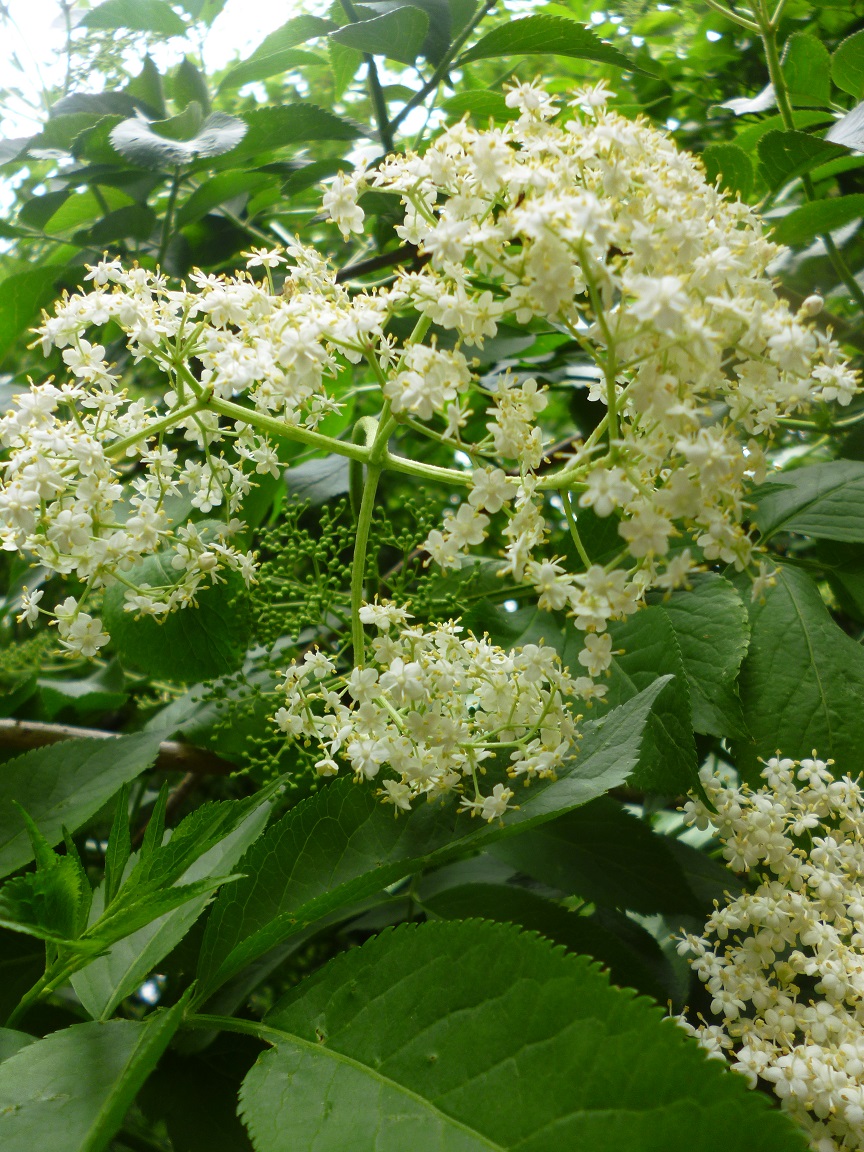
As I have a huge slug problem on my allotment I decided that it was about time I took my own advice and put in a pond. A pond will attract a slugs natural predators such as frogs, toads and birds.
Where to put your pond
It is best not to put a pond too close to trees as it will rapidly fill with dead leaves. The most ideal place is in some shade with something growing over it, such as long grass, as frogs enjoy some shade. Also, if the pond is in direct sunlight then the water is likely to get stagnant very quickly.
Materials used
The simples possible way to make a pond is to sink a watertight container in your plot. On my old allotment I chose to take the easier route and bought a small baby bath from a charity shop, Which I got for the bargain price of £2.50. I then dug a hole and sunk it into the ground. I was only given the advice about the shade after I had put it in, but luckily it is close to my sunflowers and so for now is offered some shade. I have planted some long grass seed, so that it shall grow its own shade.
I have now moved to to a plot in Bristol and the first thing that I bought with my share of the advance for our book the Selfsufficient-ish Bible was a pond liner. – Here is what I wrote about it in the book –
You can make a simple pond using a butyl liner available from most good garden centres specializing in aquatic plants and fine sand from a garden centre or builders’ merchant.
What you need
Butyl liner, Fine sand, Spade, Pond Water, Pond Weed, Wire mesh or small fence (if small children are around)#
1. Dig a hole that is at least 60cm (24inches) deep. One end of the pond will be deeper than the other in order to provide aquatic life with an area that will not freeze in the winter or get too hot in summer.
2. Remove all sharp stones so that they don’t break the liner and dig out the area required for the pond, ensuring that the pond gently slopes at an angle of about 15-30 degrees. A gentle gradient of about 15-30 degrees. A gentle gradient is important for different types of wildlife – birds can wade on the slope, frogs and toads can hop out with ease and small mammals can drink from it.
3. Line the hole with a layer of fine sand about 2cm (3/4 inch) deep, then place the butyl liner over the sand. Don’t worry if it seems too baggy, as it will take shape when filled with water. Dig a small trench, 5cm (2in) deep, around the pond so that you can bury the edges later.
4. Throw a handful of subsoil from the surrounding area (soil from below the top layer), as it will benefit the pond, then fill up your pond with rainwater or, if that’s not possible, tap water. Fill it right up to the top, so that it looks like it will overflow, and leave the water to settle for about 48 hours.
5. To get the ecosystem started, it’s a good idea to add some pond water from an established pond if can and some pond weed. Don’t take pond water from any source – make sure you get permission from the pond owner before hand. Pond water from as close to your pond as possible is the best source, as similar conditions mean a similar ecosystem that’s adapted to that area’s conditions.
6. Bury the edges of the liner in the trench and put a little turf around one or both sides. This will undoubtedly appear to die off at first, but grass is sturdy around your pond, which frogs love to hide in. You could also put some rocks or a ramp of bricks on one side for hedgehogs (see opposite).
Pond tips
Ensure that the pond is surrounded by long grass for frogs to hide in and leave a patch of grass to one side of the pond for amphibians to rest on.
If using a sunken container, make sure that amphibians can climb out of the pond. This is achieved by placing a stick running from the bottom of the pond to the side.
Place your pond away from overhanging trees. Sun encourages a greater abundance of wildlife.
Local hedgehogs might visit and and they also eat slugs, so make life easier for them and build a little ramp of bricks next to your pond. Ensure that it’s not too high, as they could fall in if they have to stretch. They’re mostly nocturnal, so you might see only the odd footprint.
If your pond turns green with algae, place a fine mesh bag containing cut lavender or barley straw in it. This will attract micro-organisms that will destroy the algae.
Put a bit of frog spawn in the pond, but not fish, as they will eat the frog spawn. (Don’t take frog spawn from the wild, but from a neighbour’s pond with permission).
Situate your pond in a place where you can enjoy it, such as near a bench. It’s great to sit and watch the pond skaters, frogs, damselflies and other wildlife that will visit your pond. Copyright Andy and Dave Hamilton 2008 in accordance with the copyright and patents act 1988, extract taken from The Selfsufficient-ish Bible available worldwide
SAFETY TIP
Use a piece of VERY STRONG MESH, e.g. the plastic-coated thick ‘wire’ four-inch squares stuff you see around park flowerbeds, flat on the surface and weighed down all around, perhaps by flat stones, so that a very small child/toddler falling face down can’t drown in it. – thanks for that Ron.


